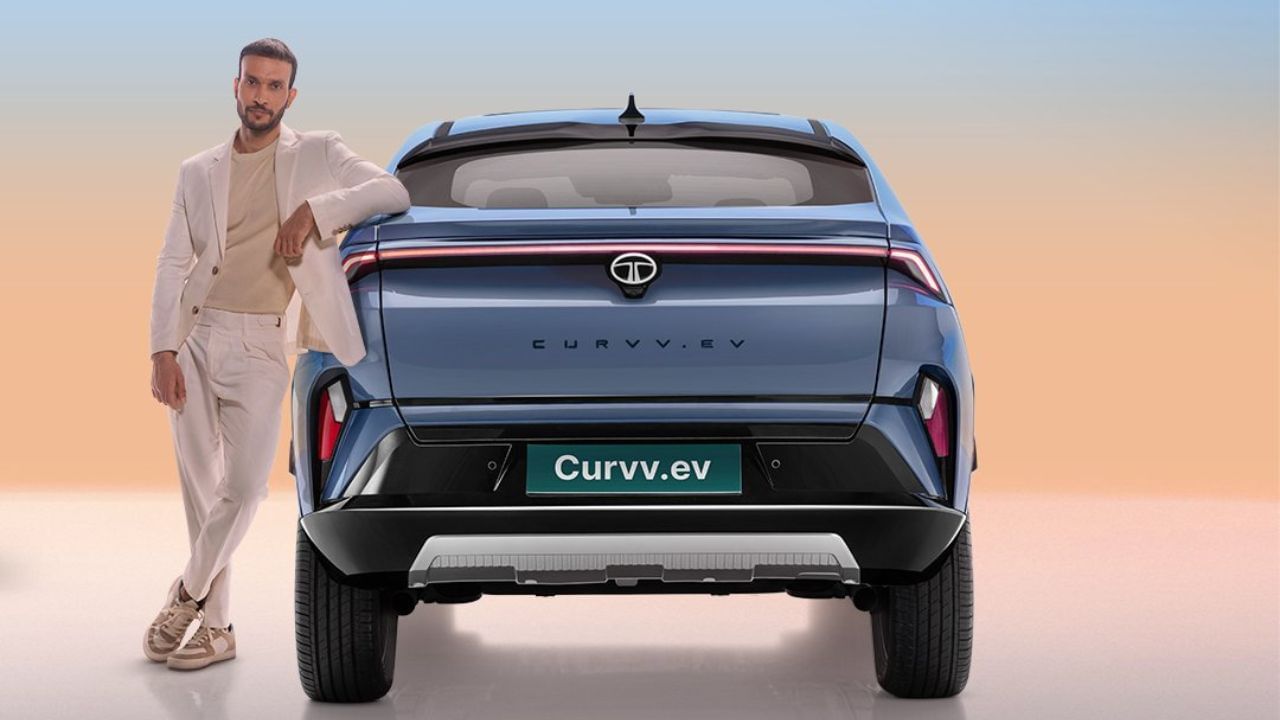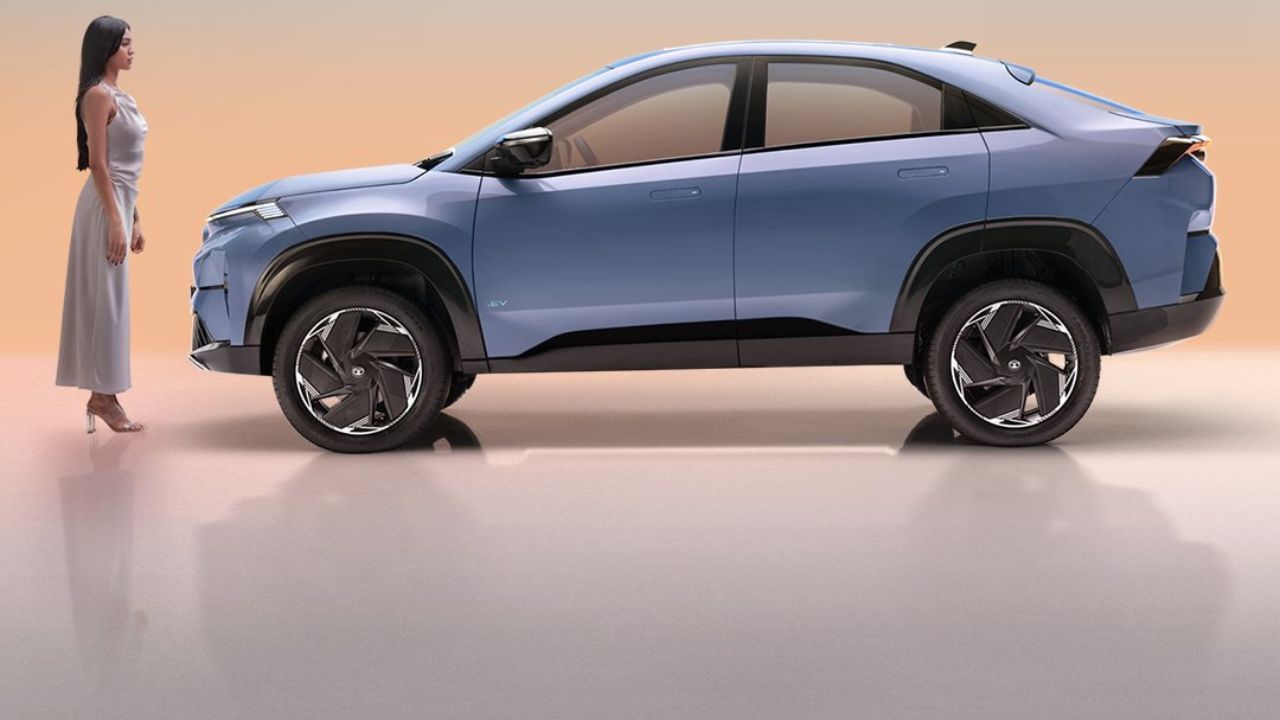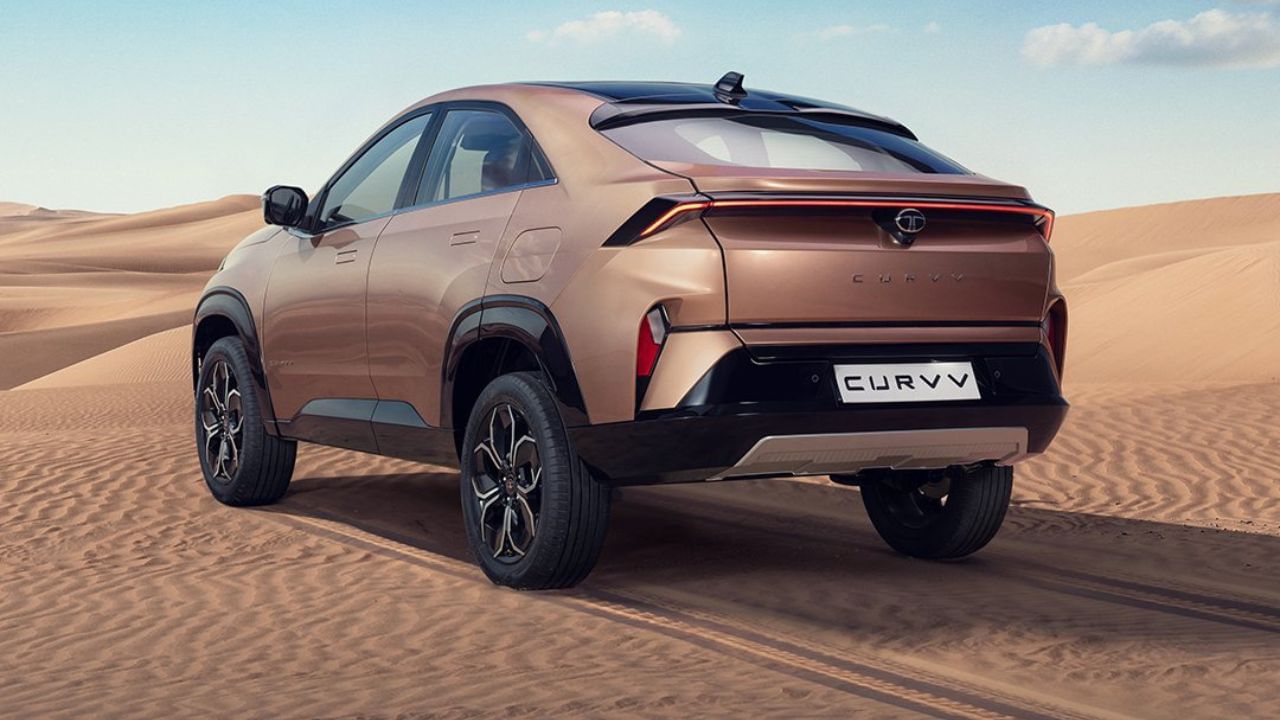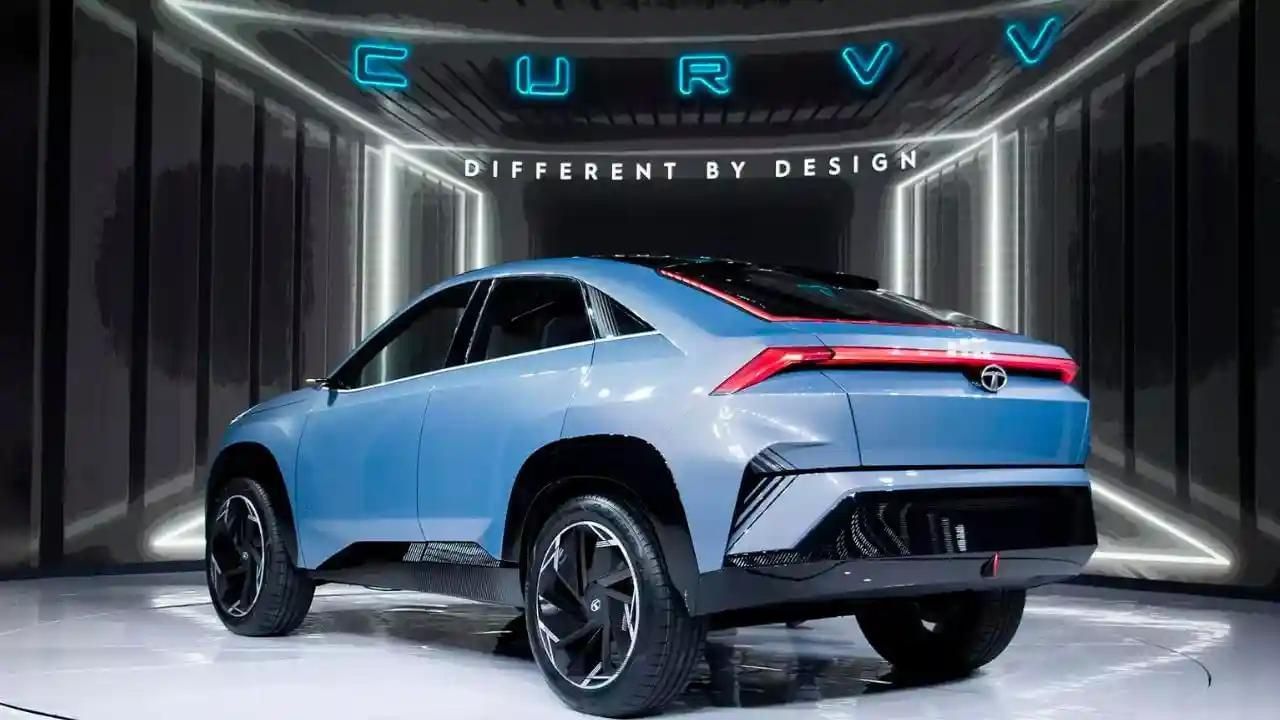Tata Motors has introduced the Curve EV to compete with the Citroen Basalt. Basalt will enter the Indian market on August 2. The curve has come before this. The petrol/diesel model of the Curve will compete with Hyundai Creta, Maruti Grand Vitara and Kia Seltos. The Curve's electric model is built on the company's new Acti.ev architecture. It gets LED headlamp cluster, fog lamps on the bumper, new grille with piano black and body color finish and large air intakes.
Talking about the design, it features signature LED lights, newly designed bumpers, gloss black side cladding, flush-fitting door handles, coupe-like roofline, split arrow rear spoiler and connected LED taillights. Compared to the Tata Nexon SUV, the Curve comes with a 313mm longer and 62mm longer wheelbase.
The exterior of the Karva has features like Harrier and Safari. It features 10.25-inch touchscreen infotainment, 10.25-inch instrument cluster with digital dials, Apple CarPlay, Android Auto connectivity, head-up display, two-spoke steering wheel, ventilated front seats, wireless charger, electric parking brake, dual-zone climate. Control, connected car features and 360 degree cameras are provided. The top-end variants of the Curve are offered with ADAS Level 2 technology and a panoramic sunroof.
The range of the electric Tata Curve can go up to 450 to 500 km. However, the company has not yet revealed its battery pack. It may launch with a 1.2-litre, 3-cylinder turbo petrol and a 1.5-litre, 4-cylinder diesel engine. Of these, the former can generate a power of 125bhp. Later, Tata may launch the Curve with a CNG fuel option as well.
Importantly, the Tata petrol/diesel model of this curve will compete with Hyundai Creta, Maruti Grand Vitara and Kia Seltos. Each of these cars fetches between 10 to 15 lakhs, due to which it is being speculated that the base model of this car can be fetched around 10 lakhs.
. Source

































